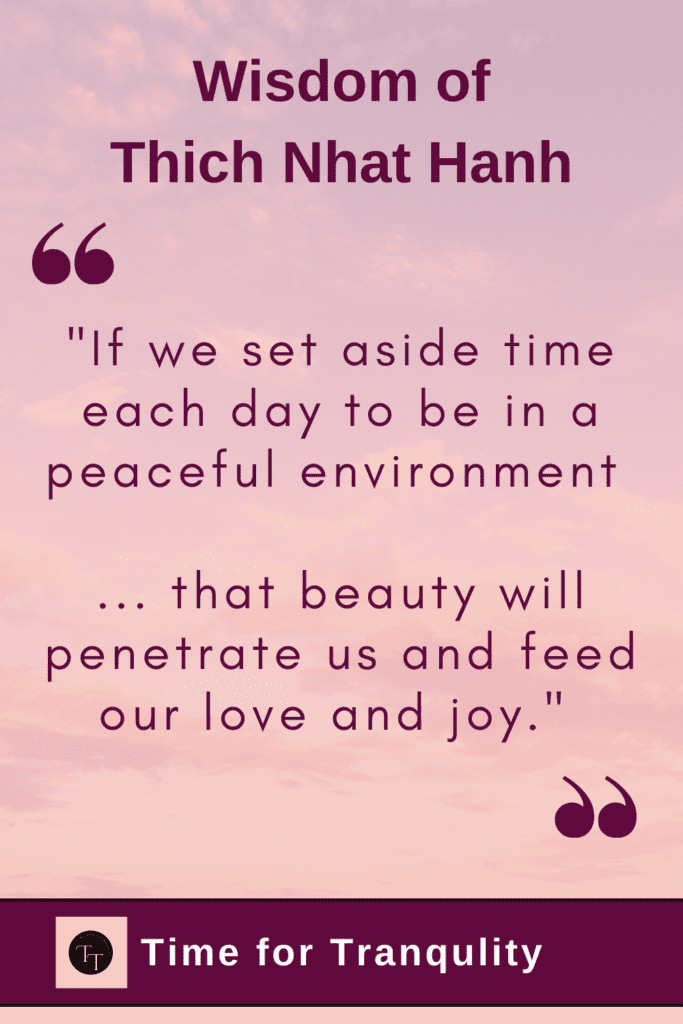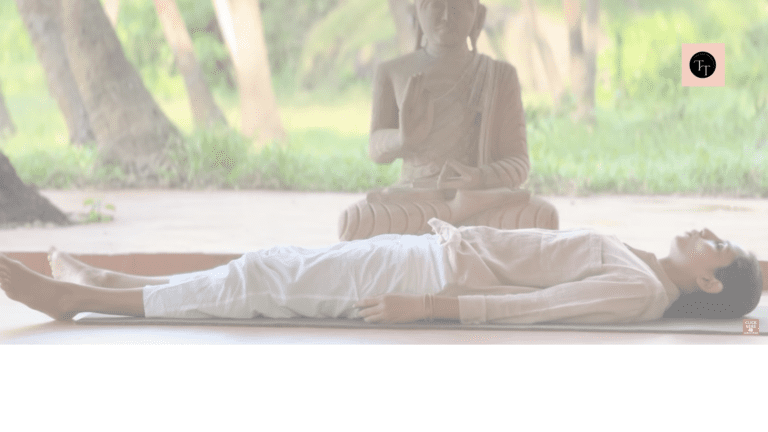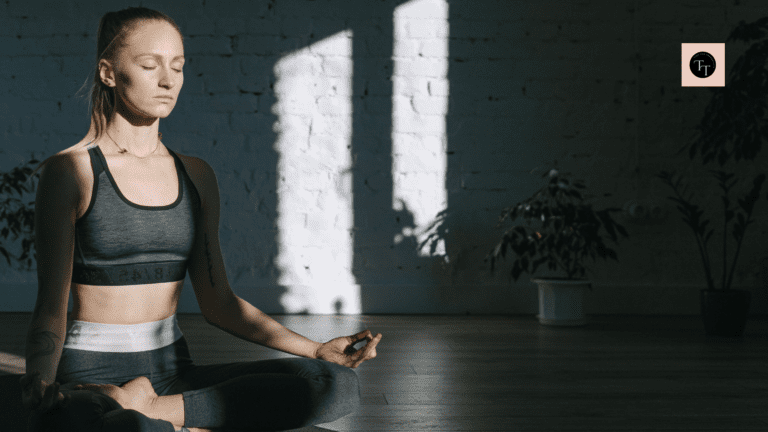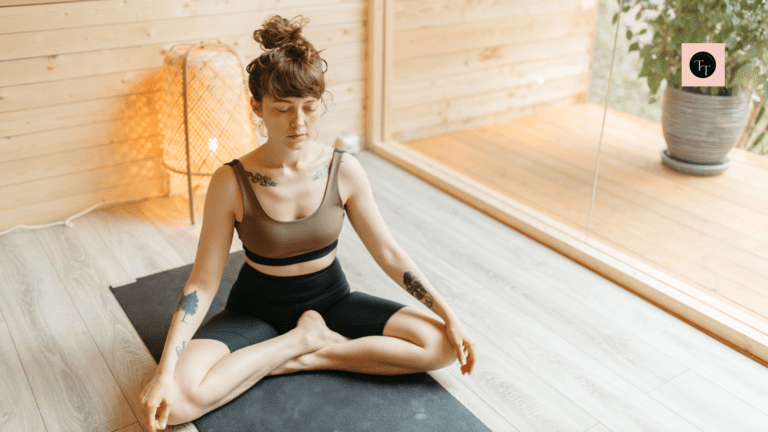How to Create a Meditation Space at Home for Spiritual Growth?
Retirement brings a wonderful opportunity to focus on personal well-being and spiritual growth. A meditation space at home can be your oasis of tranquility, conducive to your journey of self-discovery.
Creating this meditation space at home is a simple yet meaningful way to bring peace and mindfulness into your everyday life. As life slows down, you will cherish a calm, serene zone at home for introspection, mindfulness, and meditation.
A dedicated meditation space at home is the perfect retreat, a personal corner where you can slow down, breathe deeply, and reconnect with yourself each day.

Whether new to meditation or have been practicing for years, having a sacred meditation space at home can deepen your experience. And the best part? It doesn’t have to be big or complicated.
With just a little thought and creativity, you can design a peaceful meditation space that fits your lifestyle and brings a sense of tranquility into your daily routine.
Benefits of a Meditation Space at Home for Retired Women
A meditation space at home provides numerous benefits, particularly for retired women seeking calm and spirituality in this new phase of life. This dedicated area serves as a daily reminder to pause, breathe, and focus on mental and emotional well-being.
- Stress Relief: Meditation is a natural way to reduce stress. A quiet space dedicated to relaxation helps alleviate anxiety and encourages mindfulness.
- Emotional Balance: A peaceful meditation corner provides a safe place to reconnect with your thoughts and emotions. It promotes self-awareness and helps cultivate inner peace.
- Physical Comfort: A thoughtfully designed space offers physical benefits too. A comfortable chair or cushion encourages good posture and can help release muscular tension.
- Routine & Stability: Developing a meditation routine can bring a sense of stability to your day, grounding your mornings or evenings with peaceful moments of reflection. A meditation space at home is a constant reminder!
For those living alone, a meditation space at home can also feel like a special retreat—a place that nurtures your inner calm and strengthens your connection to yourself.
Choosing the Right Spot
The beauty of a meditation space is that it can be as small or as large as you need it to be.
Whether you have a cozy apartment or a spacious home, finding the right spot is about identifying the room or spot where you feel calm and comfortable.
“Meditation really helps create not only a sense of balance… but serenity and kind of a calm state of mind.” – Eva Mendes
Here are some tips to guide your choice:
- Quiet and Private: Look for a spot away from distractions and noise. It could be a corner of your bedroom, a room no longer in use, or even a peaceful spot on your patio.
- Natural Light: If possible, choose a space with natural light. Sunlight has a calming effect and helps create a peaceful atmosphere. A spot by a window or balcony can be perfect.
- Easy Access: Make sure your meditation space is accessible and convenient for daily use. If not, you may be reluctant to retreat to your meditation space at home.
Don’t worry if your space is small. Actually, a small place can be made really cozy and personal, as it will add to your meditative experience.
Some Essential Items for the Meditation Space at Home
Creating a meditation space at home that’s both comfortable and functional is key. While it doesn’t require much, having a few essential items can make the experience more enjoyable and personal.
Here are some suggestions:
- Comfortable Seating: Most meditation practices require you to sit comfortably but upright with a straight spine. A soft cushion on the floor is ideal. However, a supportive chair works equally well, if sitting on the floor does not work for you. Maintaining the right posture with comfort is more important.
- Soft Blankets or Throws: A soft, cozy blanket adds warmth and comfort, especially during cooler months. It’s also a comforting item to wrap around yourself during meditation.
- Small Table or Shelf: This can be a place to display candles, incense, or small personal items that inspire you. It doesn’t have to be large—a simple side table will do the job.
- Gentle Lighting: While natural light is wonderful during the day, having a soft, dim light source like a lamp or string lights can enhance the atmosphere for evening meditation. Avoid harsh overhead lighting to keep the space calm.
- Scent & Sound: Candles, incense, or essential oils can create a calming ambiance. You might also consider soft, meditative music or nature sounds to help set the mood. I find “Om” chanting with the sound of Tibetan Singing Bowls very soothing.
These items help transform an ordinary corner into a mindful retreat where you can feel comfortable and at ease.
Incorporating Personal Touches
Your meditation space at home should feel like a personal sanctuary. Adding little personal touches makes the space more inviting and creates a deeper connection to your practice.
Here are some ways to personalize your meditation corner:
- Photos and Images: Place an image or two symbolizing your faith or spiritual ideal. I do not recommend placing pictures of family members, loved ones, or past events. After all, you are here for present moment awareness and detachment from past thoughts and emotions.
- Spiritual or Inspirational Items: If you find comfort in spiritual symbols or inspirational quotes, include them in your space. Whether it’s a small statue, a crystal, or a favorite book, these items can help ground you during meditation.
- Artwork or Nature Elements: Consider adding calming artwork, such as a landscape painting or a photograph. Small plants or flowers also bring a touch of nature indoors, promoting tranquility and a sense of calm.
Remember, your meditation space is all about you. These personal items help create an environment that feels sacred and unique to your spiritual journey.
Simple Decoration Ideas
Simplicity is the key to decorating your meditation space at home. A clutter-free environment allows your mind to relax and focus.
Here are some simple decoration ideas that work beautifully for a senior homeowner:
- Neutral or Soft Colors: Choose soothing colors like soft blues, warm whites, or gentle pastels for your space. These colors promote relaxation and help create a serene atmosphere.
- Textures That Comfort: Incorporate soft, comforting textures like plush cushions, knitted blankets, or a cozy rug. These tactile elements make the space inviting and warm.
- Natural Elements: Small indoor plants, flowers, or a simple bowl of smooth stones can add a natural, peaceful touch. Nature has a grounding effect, helping you feel more connected and calm.
Keep the decoration minimal but thoughtful, creating a space that feels open, airy, and free from distractions. The goal is to have a place where your mind and body can relax.
Incorporating Technology (Avoid if You Can)
I do not favor the presence of technology in the meditation space at home.
Technology invariably means some kind of screen, such as a smartphone, laptop, or TV. They can readily distract you from your primary mission of mindfulness and meditation.
However, it is a personal choice. If you’re comfortable with it, consider adding a few simple tech tools to your space to help you along, at least in the initial stages.
- Guided Meditation Apps: Such apps are all over the internet nowadays. Some paid, some free. If you are new to meditation or find it difficult to get started, use them as a stepping stone. Aim to become good at meditating by yourself so that you can stop using them.
- Soothing Music or Nature Sounds: A small speaker or your smartphone can be used to play calming background sounds, such as ocean waves, birds chirping, or gentle music. This can help create a peaceful environment and drown out any external noise.
- Timers: If you like to meditate for a specific amount of time, a simple timer app can help. I practice Vipassana Meditation and find counting my breath with awareness works much better than a timer.
While technology is not recommended, it can be helpful if you prefer guidance or ambiance during the starting phase.
How to Maintain the Space
Maintaining your meditation space at home will keep it inviting and fresh. A clean and clutter-free environment will help you feel more relaxed and focused.
Keeping the space well maintained, is an exercise in mindfulness by itself, a labor of love, so to say.
Here are some simple tips for keeping your meditation space in good condition:
- Daily Tidy-Up: After each meditation session, take a few moments to tidy up. Fluff your cushions, fold blankets, and remove items that don’t belong. A quick refresh keeps the space organized and ready for your next practice.
- Incorporate Small Rituals: Adding a small ritual, such as lighting a candle or diffusing essential oils, can help keep the space feeling sacred. The calming scents will also refresh the area and keep it feeling cozy.
- Minimal Dusting: Regularly dust your space to keep it clean and allergen-free. Since your meditation corner is likely a low-traffic area, a simple dusting once a week will likely be enough to maintain its peaceful atmosphere.
By taking a few minutes to care for your meditation space at home, you’ll ensure that it remains a special and inviting retreat in your home.
In Conclusion
Creating a meditation space at home offers peace and mindfulness, especially for retired women. Whether it’s a corner or a room, personalize it with simple, comforting touches.
This sanctuary becomes a retreat to nurture well-being, supporting your journey toward calm, health, and happiness.






